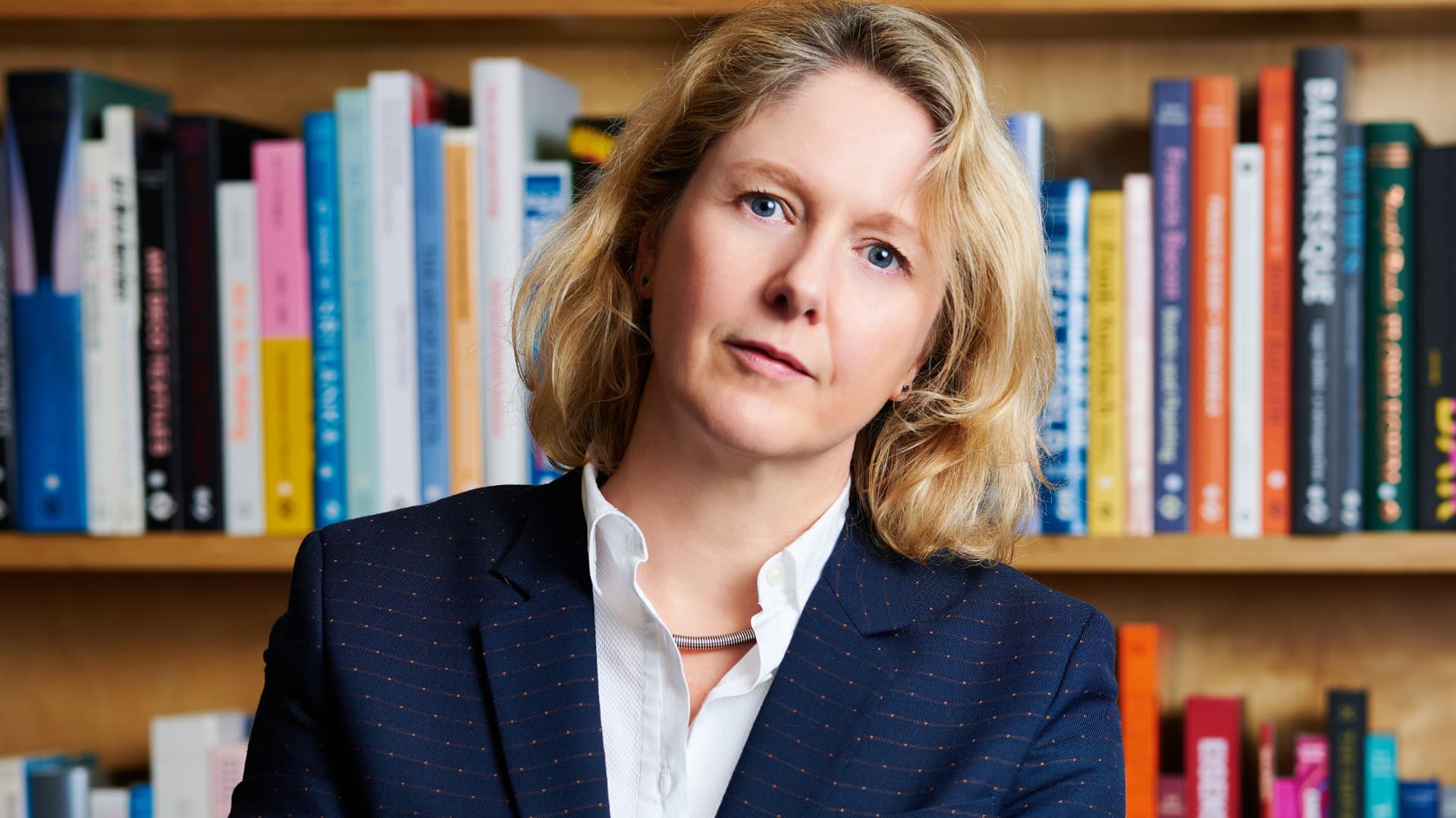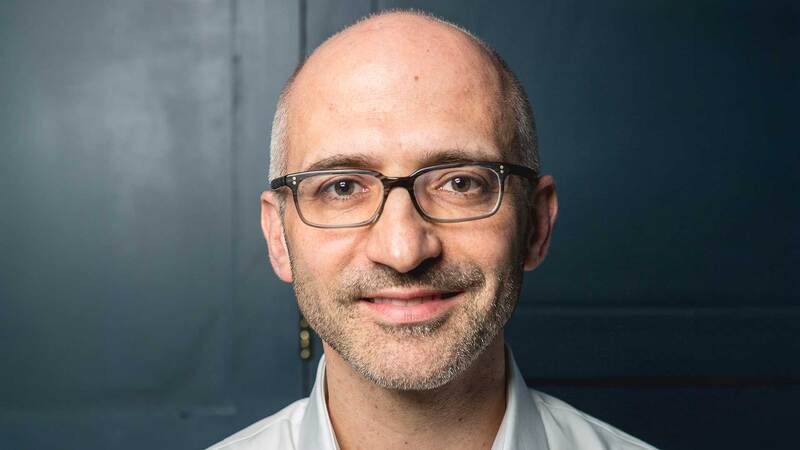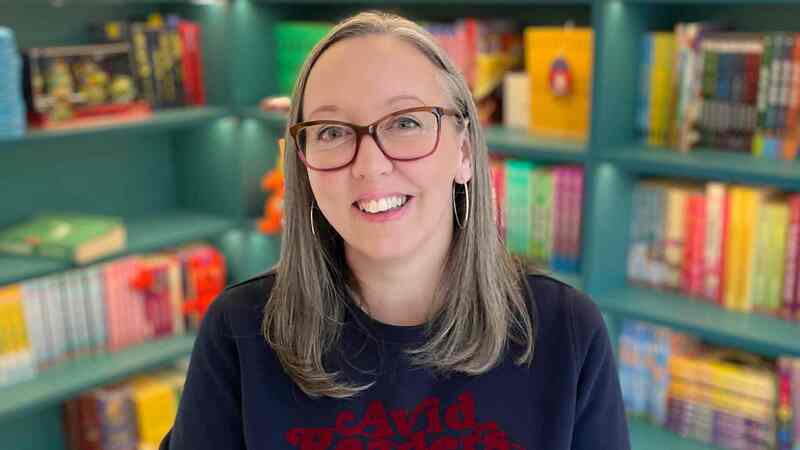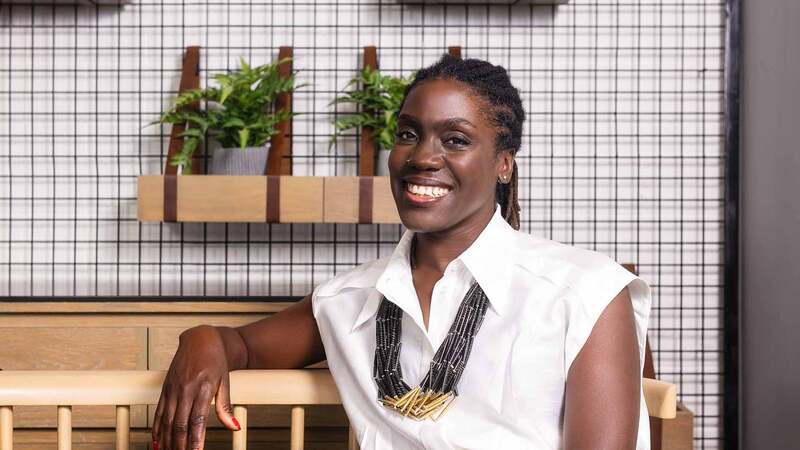You are viewing your 1 free article this month. Login to read more articles.
Thompson puts stamp on T&H with new look
The London Book Fair was planned to be the platform for Thames & Hudson to reveal its revamped branding, after discussions around its key series led to a period
of visual reflection
Sophy Thompson and I meet in the Thames & Hudson offices just a couple of hours after this year’s London Book Fair was cancelled by the organisers and, like most would-be exhibitors, the illustrated list’s c.e.o. and publisher is counting the costs.
She says: “On one hand I’m relieved, as we were at the stage where we were going to have to decide ourselves whether to go or not. So, we are in a better position for the insurance—but that doesn’t cover the masses of prep time, the materials, the cancelled meetings and all those unquantifiable things we miss out on by not having a fair.”
LBF is often used for a big announcement or two and T&H could perhaps feel slightly aggrieved that coronavirus has derailed what would have been its big Day One push: a new logo and brand identity (conceived by über-cool design firm Pentagram, pictured below) and a relaunch of World of Art, the firm’s signature 62-year-old series.
The World of Art refresh has actually been in train for some time—Thompson joined T&H as publishing director in 2013, and the discussions were going on even then. But as the rebrand for the series—a circa 60-strong list of art subjects that have both mainstream trade appeal and are constants on university reading lists—neared completion, it got her thinking about T&H as an overall entity. “In looking at World of Art, we were looking at the changing art market. For me, it felt that not to rethink our legacy series was a mistake: we had to keep it fresh and updated. So, those discussions then led in parallel to thinking about daring to review our identity.”
The strategy was to retain a nod to T&H’s proud history—the company was set up in 1949 by Walter and Eva Neurath, emigré Austrian and German Jews who had fled the Nazis, with an ethos that the list would be a “museum without walls” (the Neurath family still owns the company). But T&H also needed to “sharpen up” the visual identity for the digital space and reflect the company’s increasing international footprint. Thompson says: “We have a sister company in America [T&H Inc], subsidiaries in Asia and Australia, plus we have the children’s list. We had lots of different marketin materials going out that hadn’t been really pulled back together. So it was also about unifying and focusing on our global presence.”
It also comes a little less than a year after Thompson was named c.e.o., succeeding Rolf Grisebach, who left T&H after six years in charge. Is the rebrand perhaps about putting her own marker down on the company? “I did initiate the discussions,” she says. “But it was more about that we were revitalising our catalogue, that we were looking for more museum partnerships, that Australia and the US are doing a lot of their own local publishing—there was just a huge surge of activity. T&H has been more modest in its branding than other visual publishers, and we needed to be more forthright about what we are doing."


It’s a wild world
Going back to that global footprint, it is worth underscoring T&H’s international scope. In 2019, Thompson says T&H’s revenue was £35m (it has not officially reported last year’s accounts, but that would be a rise of around 12% on 2018), of which 30% is from the home market, the rest international. Impressive, as those numbers exclude T&H Inc’s sales: the US sister company trades as a separate entity.
This is an enviable position, but Thompson’s first year in charge has had a fair few geopolitical flashpoints that have had, and continue to have, a deep impact on the business: the ongoing Brexit fall-out, the Hong Kong riots (T&H’s China subsidiary is based in the city), wildly fluctuating tariffs in India and China, and now Covid-19. She says: “It is frustrating grappling with external factors that are beyond your control. Dealing with them is a matter of keeping your ear to the ground and trying to be as pragmatic as possible. For example, we do a lot of printing in China but with coronavirus, tariffs and a rise in censorship in the past 12-18 months, we have to have Plan Bs in place with a lot of the books in Europe or elsewhere.”
It’s not all overseas; T&H is enjoying a purple patch in the UK trade of late, shifting £7.1m through Nielsen BookScan in 2019, a 9% jump and its best TCM total in 16 years. This was underpinned by series publishing—not just World of Art, but the more accessible Art Essentials range and Big Ideas, heavily illustrated “opinionated reference” titles which tackle tricky subjects such as Is Gender Fluid? and Should We All Be Vegan?
Partnerships are a big part, too. In addition to long-standing relationships with the likes of the British Museum and the V&A, there are new-ish link-ups with lifestyle media company Monocle and Net-a-Porter’s menswear site, Mr Porter. And T&H has also been experimenting with formats and price points. For example, there is a new compact edition of Martin Gayford and David Hockney’s A History of Pictures, to tie in to the new Hockney exhibition at the National Portrait Gallery. Thompson says: “One of the initiatives we have been doing to help bookstores and the general trade—where our rise in Nielsen numbers come from, essentially—is that we have been doing these crossover books: formats where we have taken what would have been higher-priced titles making them more accessibly priced, yet still with quality illustrations.”
T&H also has a significant textbook side (particularly strong in the US); a burgeoning fashion list, led by its Catwalk series (£48 comprehensive overviews of individual fashion houses’ collections, with over 400,000 units in print worldwide); and the children’s arm, which grew 500% through BookScan UK from 2010 to the end of the decade, and accounted for 47% of T&H Australia’s revenue last year. Thompson says: “Where we have huge advantage is that diversity, that amazing range, which means that in times of market difficulties in one area—or when things are changing very quickly with things like the coronavirus—we’re sort of like a centipede or a caterpillar with many legs, so we can always continue to balance.”











